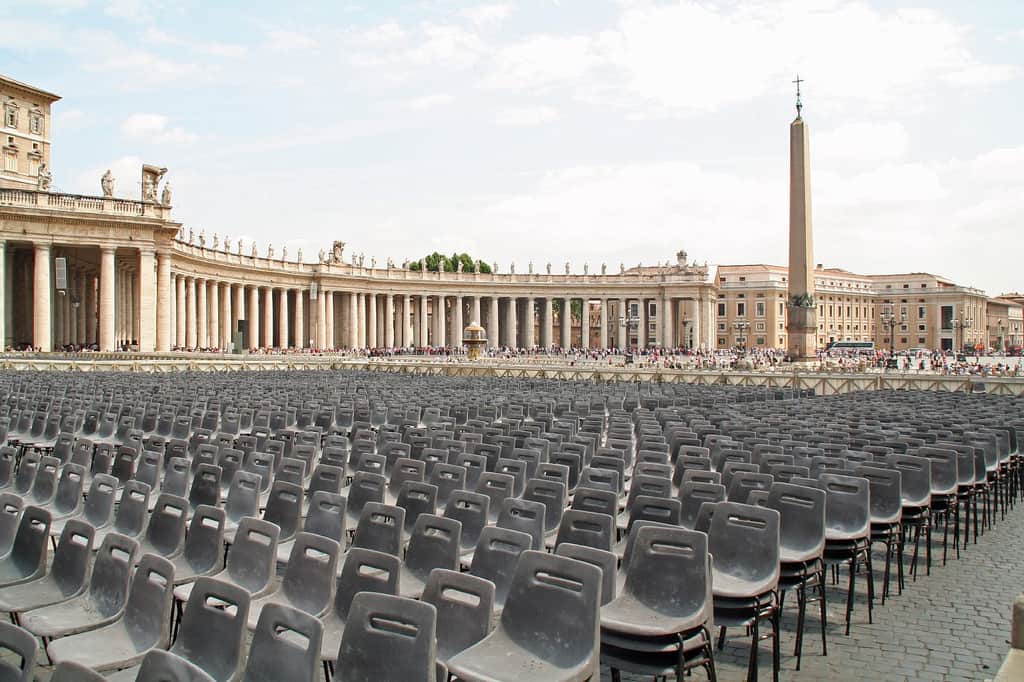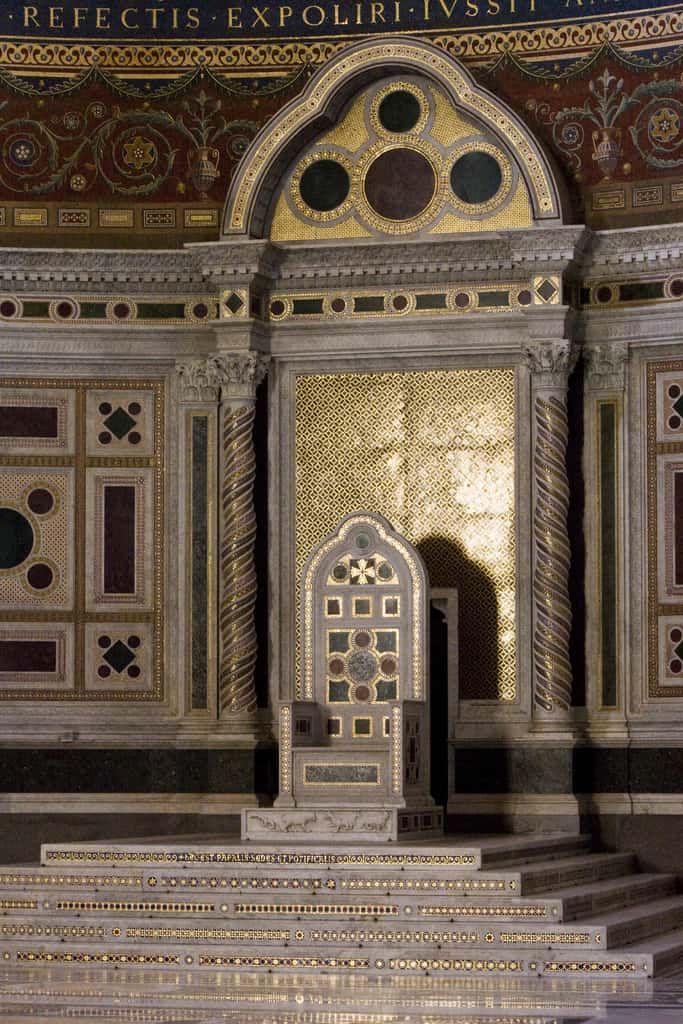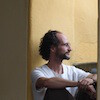Monday 11, February 2013. Benedict XVI takes a bold move and announces that he will be resigning from the office of bishop of Rome. The Catholic world gasps.
According to his explanation on that day, the pope wants to give way to somebody younger and thus more able to guide the Church. He wants to make space. Coincidentally, the first reading for that Monday’s liturgy began with the book of Genesis, where we read – “In the beginning, when God created the heavens and the earth, the earth was a formless wasteland, and darkness covered the abyss, while a mighty wind swept over the waters.” These are verses in which God is portrayed as making space, opening up the skies, parting the waters, and thus allowing for life and newness to emerge.
Not even three weeks have passed, yet today marks final day of the papacy of Benedict XVI.
***
I have to admit that his resignation took me by surprise. It wasn’t until two days later, in some remarks he made on Ash Wednesday, that Benedict gave us some hints as to how we might interpret his bold move. For those listening in Rome and, like me, around the world, it was quickly evident that this was not simply “more of the same.” No, in this audience, the outgoing pope presented to all of us listeners three witnesses, three marginal, eccentric, and unknown-to-many witnesses of faith and of radical conversion. Two days after announcing the first papal resignation in centuries he did not choose to discuss Mother Theresa or John Paul II (both recently beatified); that would have been more than predictable. Nor did he suggest that Bl. John XXIII or even Bishop Óscar Romero as topics for discussion, both of whom might have been seen as witnesses somehow more uncomfortable for the status quo.
No, Benedict went much further and invited us to contemplate the lives of three “outsiders”: Pavel Florensky, Etty Hillesum and Dorothy Day. Who are these people? Why did the Pope direct us toward them? And why bring them up on Ash Wednesday, at the outset of the rapid denouement of his pontificate?
***
Let’s begin with the first question. Pavel Florensky (1882 – 1937) was a young, brilliant and successful Russian scientist and philosopher who had no religious upbringing. During his early twenties he was drawn into the study of theology, which eventually brought him closer to the Russian Orthodox Church. He married and soon after he was ordained priest. Florensky worked for the Russian state apparatus, until the Soviet regime accused him of being a traitor of the regime, at which point he was sentenced to ten years of hard labor before eventually being executed. A glance at his theological works will give the interested party a glimpse of his outstanding audacity and creative genius.
Etty Hillesum (1914-1943) was executed in Auschwitz by the Nazis at the age of 29. This young Dutch woman grew up in a Jewish environment, though in the last two years of her life she felt strongly attracted to Jesus. Her journal (you can get it here) is a breathtaking account of her transformative journey from a frivolous youth to a young woman of profound and deeply felt religious experience.
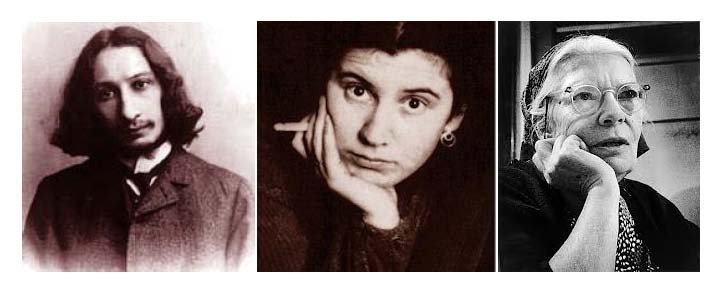
Florensky, Hillesum, Day
Dorothy Day (1897 – 1980) is definitely the most well known North American Catholic laywoman of the 20th century. During her youth she was involved in the anarchist movement; a convinced Marxist. Throughout her life, however, she felt a progressive call to a harmonious integration of her strong desire for justice for the poor and oppressed, and a deep faith in a God who is actively involved in history. Houses of the Catholic Worker movement, which she cofounded with Frenchman Peter Maurin, quickly spread all over the world. Today they are a living testimony of her desire to journey with the poor and to share their joys and sorrows.
Pavel (an Orthodox Christian), Etty (a Jew murdered by the Nazis), and Dorothy (a tireless fighter for social justice in the name of Jesus). Together, these three provide a radical testimony of what it means to leave our comfort zones and let ourselves be transformed by the Spirit. In Benedict’s Ash Wednesday words, “in our time when the sense of the sacred is eclipsed, God’s grace is at work and works wonders in the life of many people.”
***
I know most of you reading this do not know me. I’m a Catalan Jesuit, a new priest, and I am currently working with the Jesuit Refugee Service (JRS) in Kakuma, in the north of Kenya, a country which itself lies on the east coast of Africa. I work in one of the largest refugee camps in the world. Every day I am deeply touched by the resilience and deep faith of those who have had to flee their countries due to war and violence. It is a great gift for me to be able to share my life with them, no matter where they come from. The diversity in our meetings is outstanding: an Orthodox Ethiopian, a Episcopalian South Sudanese, a Muslim from Somali, and so on. What matters to me is that we are together here and now, and that we can support one another in our daily, unavoidable, task of becoming human.
Writing from the African continent it’s hard not to believe that Africa has much to offer the world. For myself, I just wish that the next Pope, when selecting witnesses of faith of which to speak, can show the world examples of “grace at work”, grace working “wonders in the life of many people” that come from beyond Europe and the United States. I hope our next Pope will look South, where there are so many to inspire and encourage us: Vandana Shiva, Aung San Suu Kyi, and Wangari Maathai. And many others.
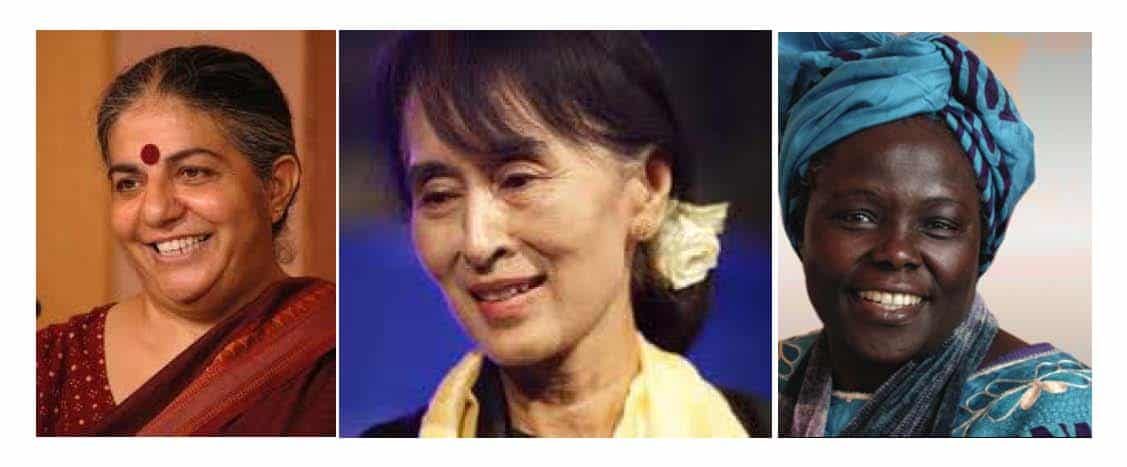
Vananda, Aung, Wangari
It’s from a refugee camp in Kakuma, which in Swahili means “nowhere”, that the three testimonies offered by the Pope burst to life for me. They are persons who invite us to reach out, to go to the margins, to recognize in our brothers and sisters (especially those excluded or oppressed) the Spirit already present in them. And not to worry too much about “who is in, who is out” but rather to join hands as we recognize our “interconnectedness.”
***
Maybe it is not unreasonable to think that the resigning Benedict XVI – an 85 year old man in the denouement of his life, exhausted, worn thin from facing divisions and confrontations – still wanted to make a last statement. Maybe in providing us these three outsiders as models he is imagining a community of followers of Jesus – a Church – from which no one is excluded. Maybe he was remembering his own experience as a peritus at the Second Vatican Council 50 years ago, where the Fathers called for the Church to become the place where all men and woman of good will are welcomed. Maybe.

